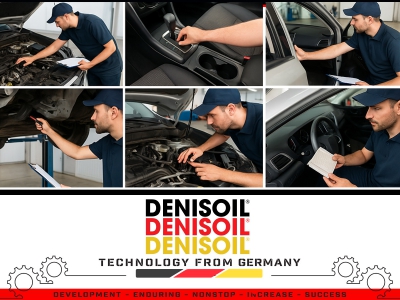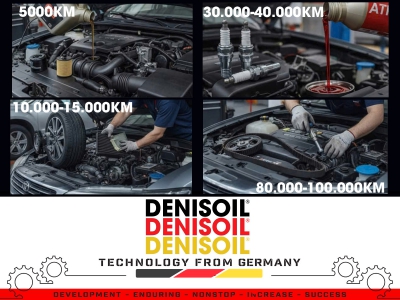Buying a used car is a smart economic choice, but it also has many potential risks if you do not carefully assess the actual condition of the car.
To avoid "losing money and getting sick", focus on checking the 4 most important systems below - the factors that determine the durability, safety and true value of the car.
1. ENGINE AND GEARBOX - THE HEART OF THE CAR
This is the most expensive and complex part, accurately reflecting the level of wear and tear of the car.
Check the engine:

• Start the engine and listen to the engine sound - a good engine should run smoothly, evenly, without knocking or strong vibration.
• Pull out the dipstick to check: the oil should not be milky white (a sign of water mixed with oil - possibly due to hydro-lock).
• Observe the exhaust pipe: if there is blue smoke - oil consumption; black smoke - incomplete fuel combustion; prolonged white smoke - possible water vapor leak or cylinder head gasket leak.
Check the gearbox (especially automatic cars):
• Test drive to feel the gear shifting process: it must be smooth, decisive, not jerky or delayed.
• Try shifting from P to R, N to D - if you hear a loud "clack" or the car jerks strongly, it is a sign that the clutch, hydraulics or engine mounts are worn.
2. CHASSIS AND BODY STRUCTURE - THE SPINE OF THE CAR
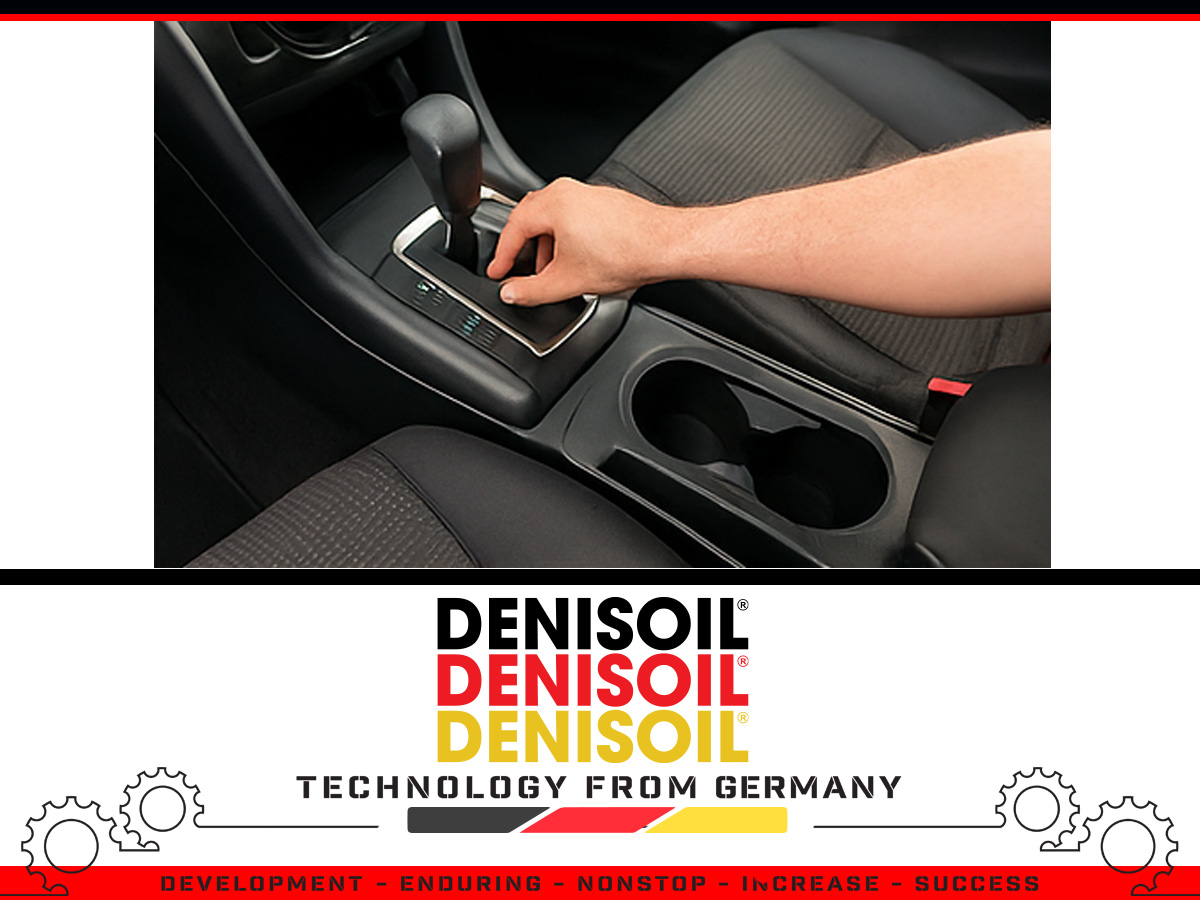
The purpose is to detect if the car has been in an accident, flooded or had its frame re-welded.
Undercarriage and floor:
• Use a flashlight to carefully examine the undercarriage, especially around the lift platform, floor, and cross beams.
• If you see thick rust, uneven paint surface, or new welds → the car may have been water-hammered or had a strong collision.
Car ears and skull:
• Open the hood, observe the welds at the car ears and front frame. Genuine goods have even, smooth welds.
• Re-welded or re-painted joints are signs that the car has been hit.
Door and trunk sealant:
• Check the sealant lines around the doors, hood, trunk. If they are cracked, missing, or re-painted - the car may have been bodywork - repaint the body.
3. STEERING AND SUSPENSION SYSTEM - DETERMINES DRIVING FEELING AND SAFETY
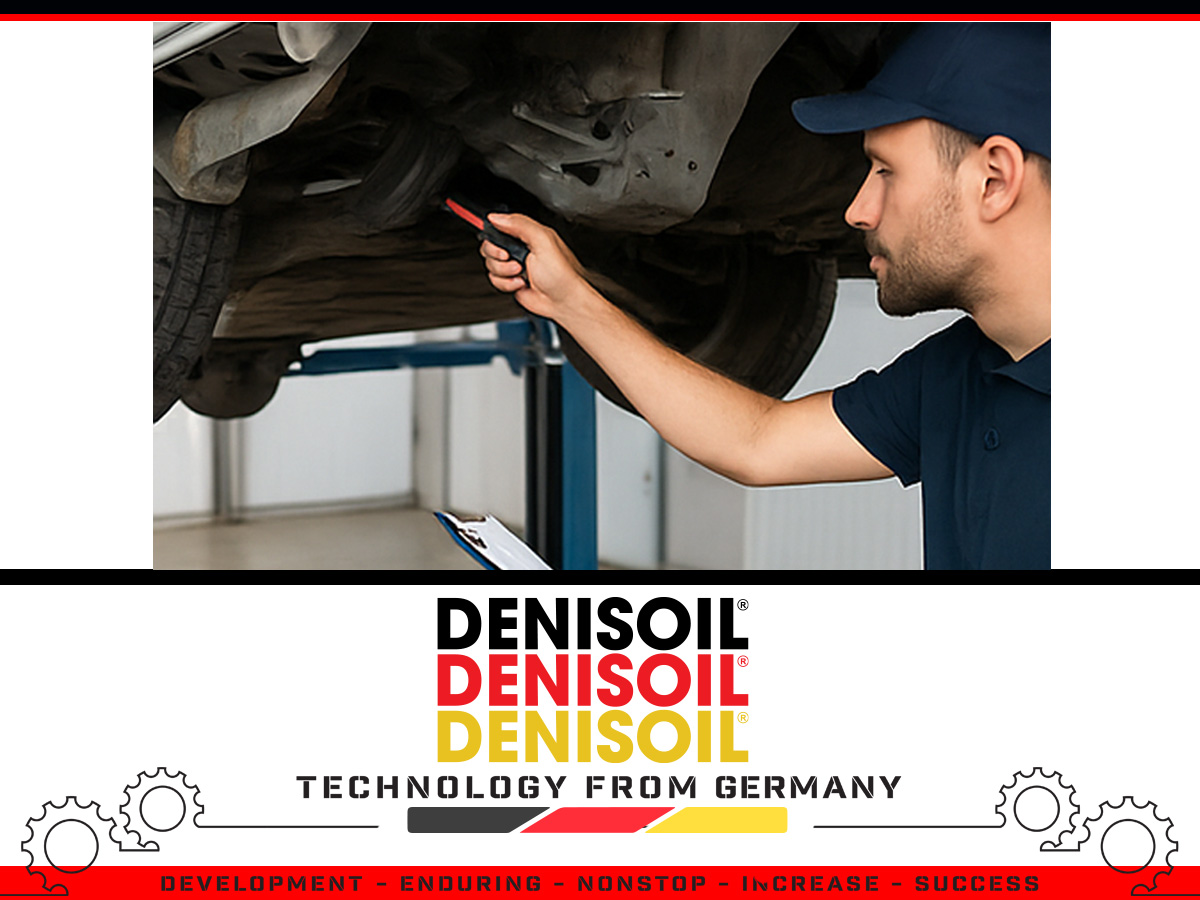
This is the part that directly affects the stability and safety of the vehicle when operating.
Check the steering system:
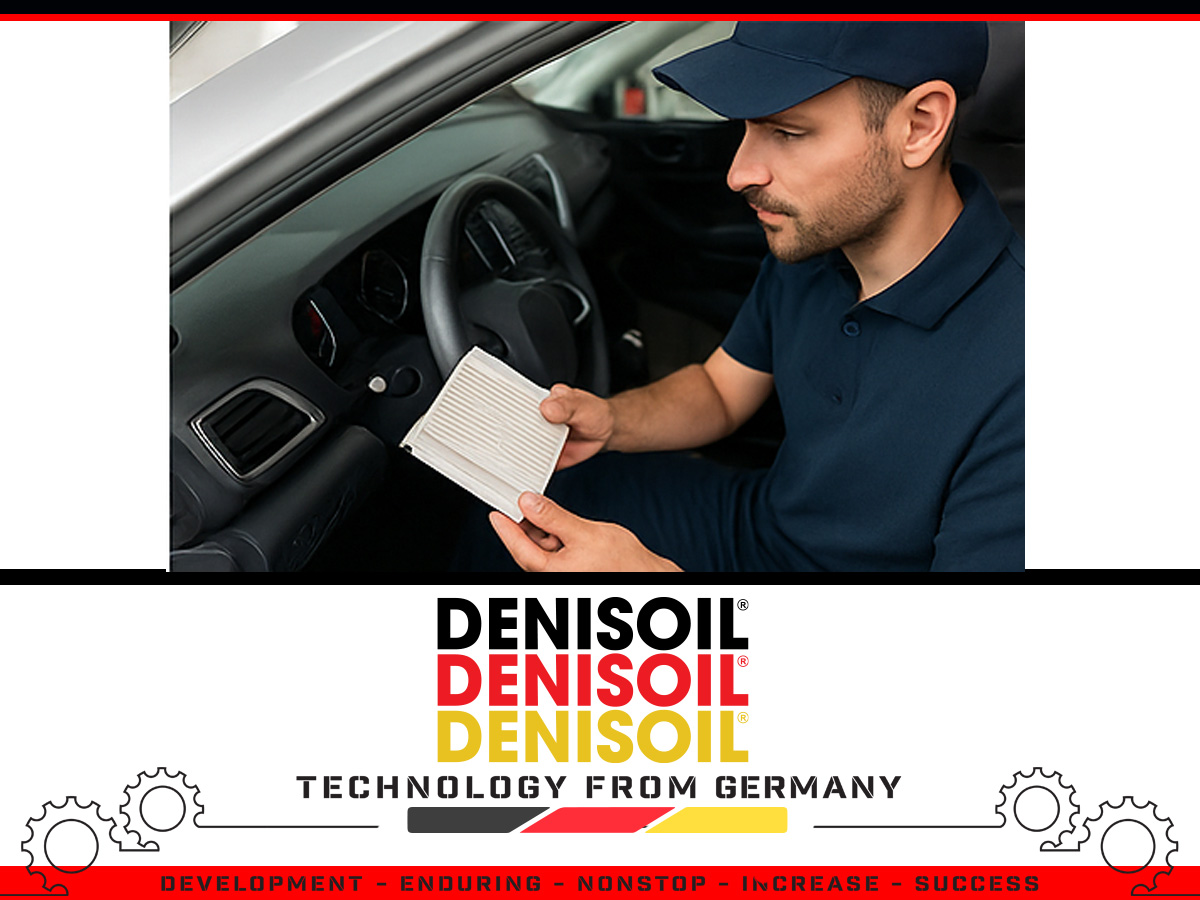
• Test drive at a speed of 60-80 km/h, gently release the steering wheel for a few seconds.
• If the car veers off course, the steering wheel vibrates or does not return - there is a problem with the steering system, tie rod or steering rack.
Check the shock absorbers:

• Use your hand to press each corner of the car firmly and then release.
• A qualified car will bounce once and then stop. If it bounces many times or you hear a "knocking" sound - the shock absorbers are weak or leaking oil.
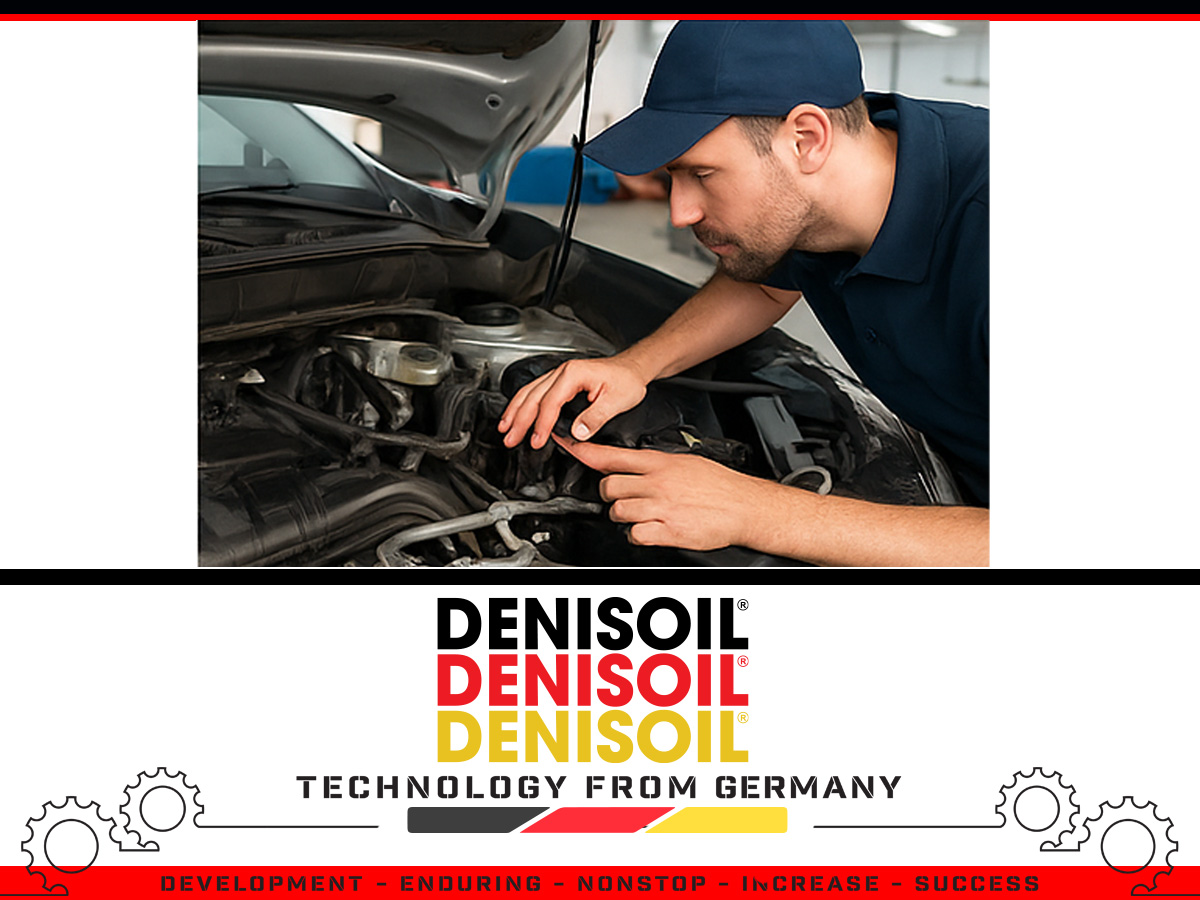
4. ELECTRICAL AND AIR CONDITIONING SYSTEM - SMALL BUT IMPORTANT
Electronic and air conditioning systems are often overlooked when inspecting used cars, but they have a big impact on the driving experience and repair costs.
Air conditioning:
• Turn on the A/C, check the cooling level after 5 - 10 minutes.
• Listen to the compressor - if it makes an unusual "squealing" or "screaming" sound, the bearing or magnetic clutch may be damaged.
Electrical system and sensors:

• When turning on the key, observe the warning lights (ABS, Airbag, Check Engine, etc.).
• All should light up when turning on the key and turn off after starting. If any light does not light up - it may be a circuit tampering or a masking error.
ADVICE FROM THE EXPERTS
If you are not technically savvy, ask a professional mechanic or take your car to a reputable garage for a comprehensive inspection using specialized equipment.
A thorough pre-purchase inspection can help you avoid tens of millions of dong in hidden repair costs and choose a truly “good” used car.
 Tiếng Việt
Tiếng Việt
 Chinese
Chinese
 English
English









